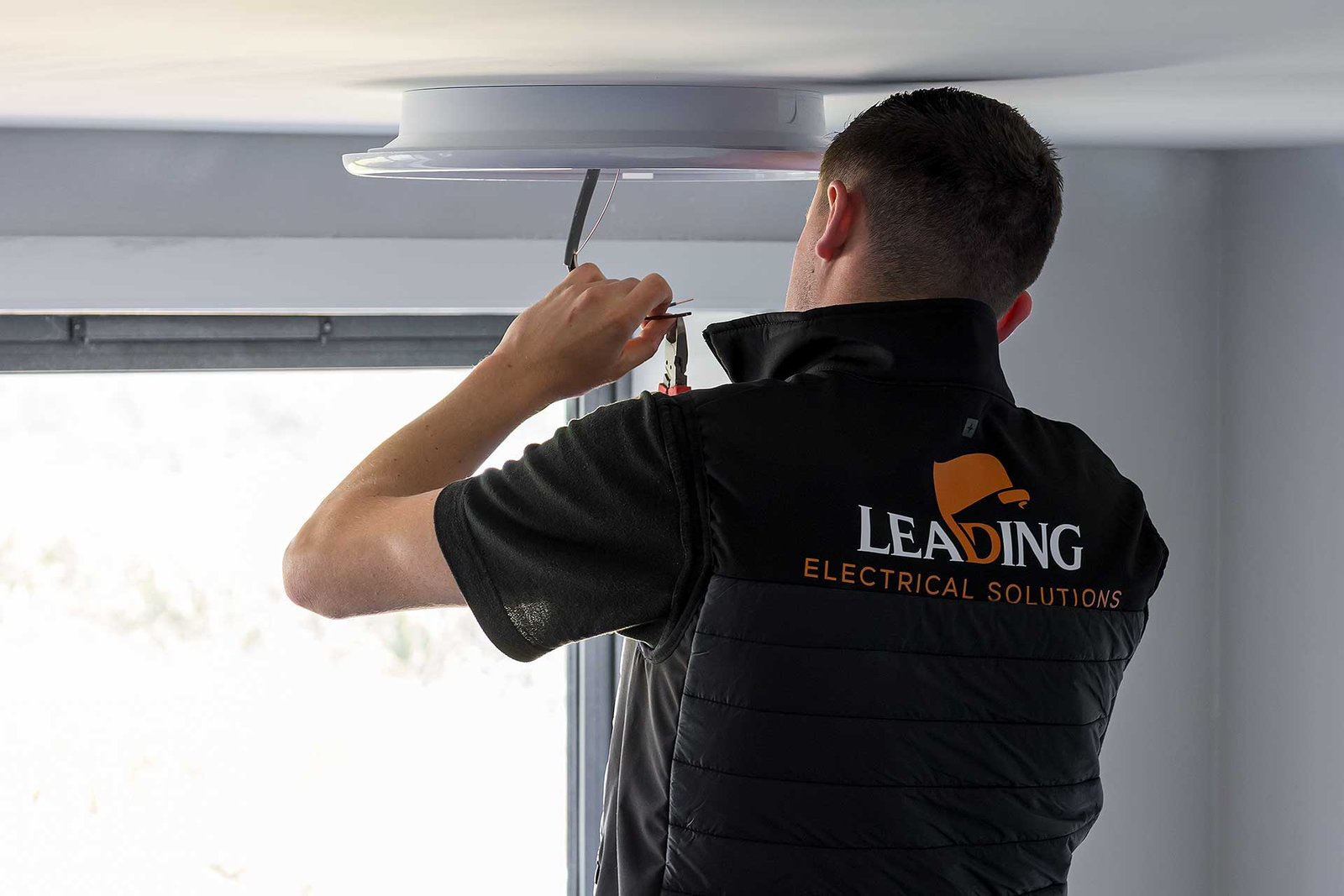Effective warehouse management hinges on the efficient utilization of space. A cantilever racking system is one solution that has gained popularity due to its versatility and capacity to store long, bulky items. This article explores the top seven benefits of using cantilever racking systems for warehouse storage in the year 2024.
1. Enhanced Storage Flexibility
The primary advantage of a cantilever racking system lies in its remarkable flexibility. Designed to handle long and oversized items, these systems accommodate a variety of products including lumber, pipes, and steel bars. By incorporating a cantilever racking system, businesses can optimize storage space, ensuring products are easily accessible and well-organized.
This adaptability makes it an ideal choice for warehouses handling diverse inventory types. The cantilever racking system allows for the storage of items of varying lengths without the constraints of fixed shelving, providing a tailored storage solution for each warehouse’s specific needs.
2. Increased Load Capacity
Cantilever racking systems are engineered to support heavy loads. Constructed with robust materials, they offer superior strength and durability. This increased load capacity ensures that even the heaviest items can be stored safely.
This system can handle items that might be too bulky or unwieldy for traditional pallet racking systems. As a result, warehouses can improve storage density without compromising on safety or accessibility.
3. Ease Of Access And Handling
The cantilever racking system provides unmatched ease of access and handling for warehouse staff.
- Quick access to stored items: The open design of cantilever racks eliminates the need for vertical support columns at the front, allowing forklifts and other material handling equipment to easily access stored items from the front, sides, and even the top. This open access reduces the time needed to load and unload items, significantly improving operational efficiency.
- Improved material handling efficiency: With cantilever racking, materials are stored in a way that simplifies picking and placing tasks. Workers can quickly locate and retrieve items, reducing downtime and enhancing productivity. The reduced handling time also lowers the risk of damage to both the items and the racking system itself.
- Reduced retrieval times for long goods: Items such as pipes, lumber, and steel bars, which are traditionally challenging to store and retrieve, are managed effortlessly with cantilever racks. The design supports easy and fast retrieval, making it possible to handle long goods more efficiently compared to conventional storage methods.
4. Maximized Vertical Space Utilization
One of the standout features of cantilever racking is its ability to maximize vertical storage space. Traditional racking systems often underutilize vertical areas, but cantilever racks enable warehouses to stack items higher.
This vertical optimization is crucial in modern warehouses where floor space is a premium. By utilizing the full height of a warehouse, businesses can significantly expand their storage capacity without needing additional floor space.
5. Adaptability To Changing Inventory Needs
Cantilever racking systems are incredibly adaptable to changing inventory needs, making them a future-proof solution for warehouses.
- Easily adjustable arms and components: The adjustable nature of cantilever racks allows for quick modifications to accommodate different item sizes and weights. This flexibility ensures that the racking system can evolve with the changing storage requirements of the warehouse.
- Supports various sizes and weights: Whether storing lightweight items or heavy-duty industrial goods, cantilever racks can be configured to support a wide range of products. This versatility makes them suitable for diverse industries, from construction materials to automotive parts.
- Can be reconfigured as needed: As business needs change, cantilever racking systems can be reconfigured or expanded without significant disruptions. This adaptability ensures that the racking system remains a valuable asset as the warehouse grows and inventory needs shift.
6. Improved Safety Standards
Safety is paramount in any warehouse environment. Cantilever racking systems contribute to enhanced safety by offering stable and secure storage solutions. The open design minimizes the risk of accidents associated with improper stacking or falling items.
Moreover, these systems are designed to withstand heavy use, reducing the likelihood of structural failures. Implementing cantilever racks can lead to a safer workplace by minimizing hazards related to storage mishaps.
7. Cost-Effective Storage Solution
Cantilever racking systems offer a cost-effective solution for warehouse storage, providing multiple financial benefits.
- Reduces the need for additional warehouse space: By optimizing vertical and horizontal storage space, cantilever racking systems can eliminate the need for expanding the physical warehouse footprint. This efficient use of space translates to significant cost savings in terms of real estate and construction expenses.
- Decreases labor costs due to efficient organization: The ease of access and streamlined material handling associated with cantilever racking systems reduces the time and labor required for storage and retrieval tasks. This efficiency can lead to lower labor costs and increased productivity, positively impacting the bottom line.
- Minimizes product damage and associated costs: The design of cantilever racks ensures that items are stored securely and accessed safely, reducing the risk of product damage during handling. This reduction in damage not only protects inventory but also lowers the costs associated with repairs and replacements.
Conclusion
The advantages of using cantilever racking systems in warehouse storage are undeniable. In 2024, investing in a cantilever racking system could be a strategic move for businesses looking to optimize their storage solutions and streamline their inventory management.
By embracing this versatile and efficient storage system, warehouses can enhance their operational efficiency, improve safety standards, and achieve significant cost savings, positioning themselves for success in an increasingly competitive market.












